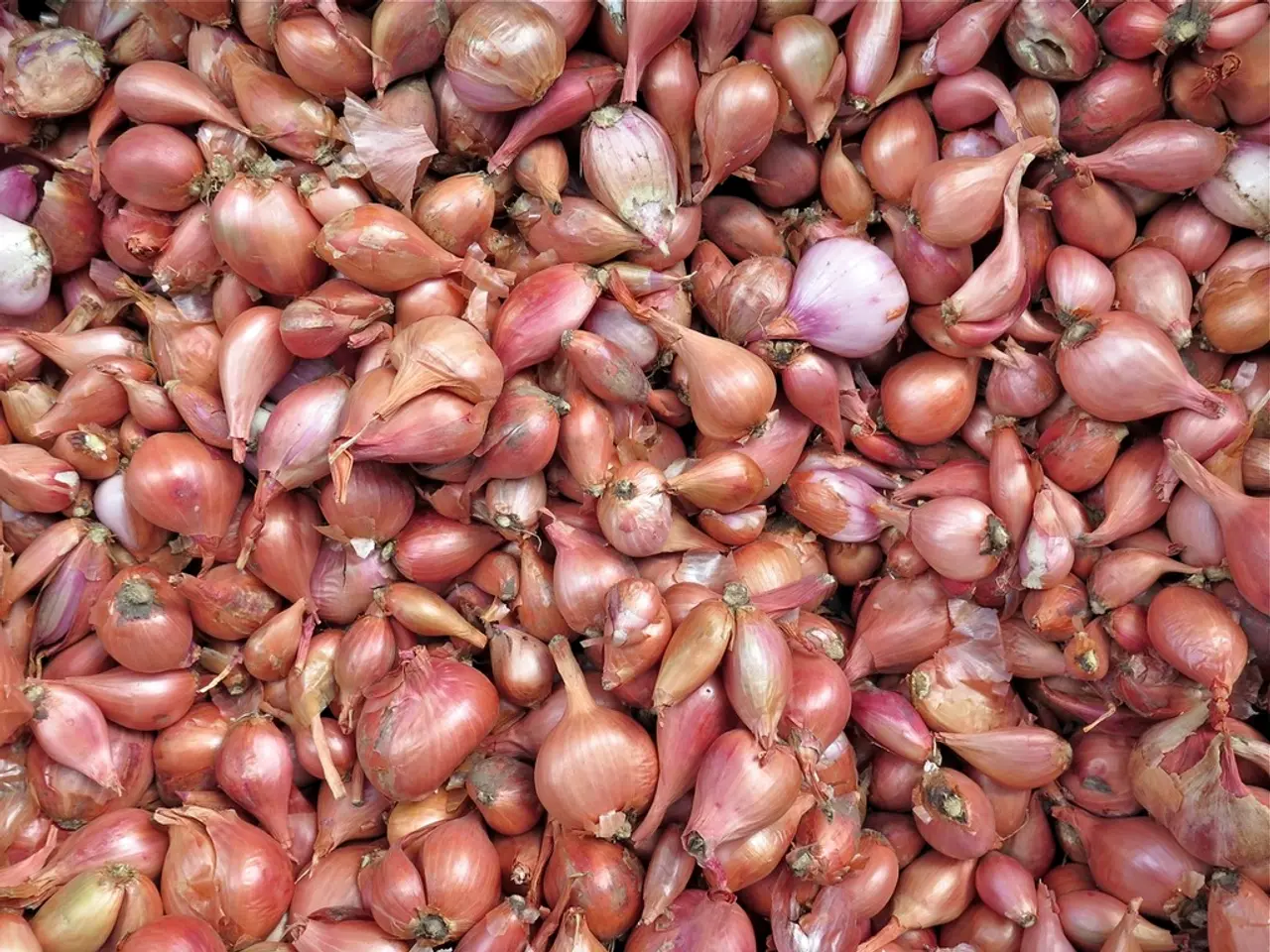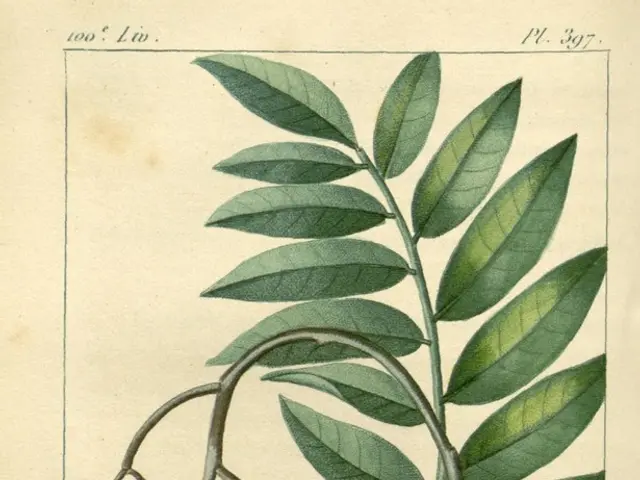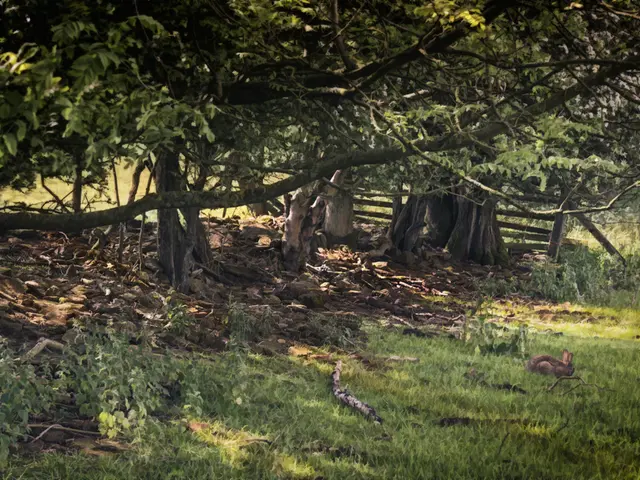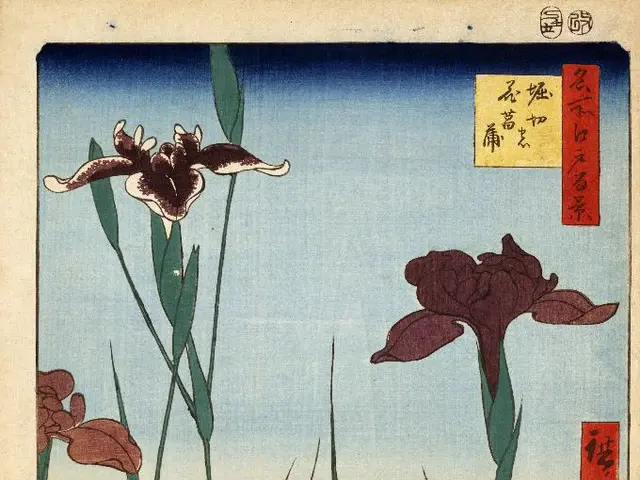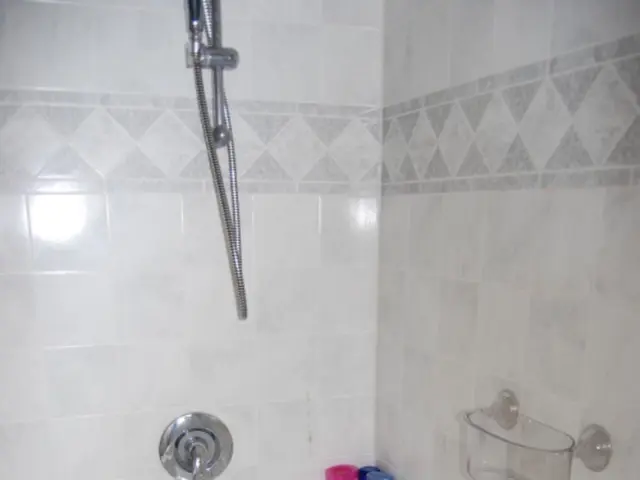Guide for Sowing Onion Seeds: A Garden Guide
Growing Onions: A Carefree Guide
Fancy growing your own onions? It's a breeze, whether you choose seeds or sets. Follow our simple steps and soon you'll be harvesting fresh onions for the winter!
Onion Sets are tiny, immature onions that you can plant out in March or April for a rapid crop. Easy to find at garden centers or via mail order, they offer a reliable method of onion cultivation, even though the variety range isn’t as vast as with seeds.
Looking for a quick guide? Skip to Step 3 for onion sets planting instructions. Regardless of your choice, you can start reaping bulbs by early summer!
Onions thrive in bright conditions, and nutrient-rich soil enriched with loads of organic matter.
Gather Your Tools- Onion seeds- Peat-free multi-purpose compost- Seed tray or small pots- Trowel- Soft string or twine- Watering can with rose attachment- Hoe
Let's Get Growing
Step 1Tiny but mighty, drop the onion seeds into a pot or tray of seed compost, spacing them about 1cm apart. Cover with a thin layer of compost, then water by standing the pot or tray in water until moist.
Step 2Once seedlings sprout and reach a few inches tall, carefully transplant them into fresh compost. As they establish, move them into the garden, 10-15cm apart.
Step 3In spring, plant heat-treated onion sets into soil that's weed-free, stone-free, and enriched with organic matter. Space sets 10-15cm apart, with the tip protruding. Newly planted sets need immediate watering and covering with horticultural fleece to deter birds. Once established, remove the fleece.
Step 4Immediately after planting, water the seedlings and sets well to settle the soil around roots or bulbs. Keep watering regularly if the weather's dry.
Step 5Hoe frequently to eliminate pesky weeds that compete for water and nutrients with your growing bulbs. Small areas are easily managed with a hand-held 'onion hoe' or 'circle hoe'.
Step 6In late summer, gently lift the earth to expose the bulbs to the sun. Harvest when leaves turn yellow and the stem bends over. Allow leaves to dry before carefully lifting bulbs.
Storing your onions correctly is crucial. Follow these steps:1. Cure the onions first: After harvest, allow onions to dry for two weeks in a well-ventilated area. This helps improve their storage life by reducing moisture.2. Select breathable storage containers: Use mesh bags, hanging baskets, or crates for storing cured onions. These allow good air circulation around the bulbs.3. Maintain ideal storage conditions: Aim for cool, dry, and well-ventilated storage. Ideal temperatures are between 33°F and 40°F with 65-70% humidity, though achieving this at home can be tricky.4. Discard damaged onions: Before storing, eliminate any onions that are damaged to prevent spoilage.5. Avoid moisture and light: Keep onions away from moisture and direct sunlight.
With proper storage, home-grown onions can last through the winter! Happy growing!
With the right care, you can cultivate your own onions for a continual supply at home, even extending your lifestyle into home-and-garden activities such as gardening. Onion sets, when planted in the right conditions, help you grow onions swiftly, not just for a summer crop but also for winter storage.
